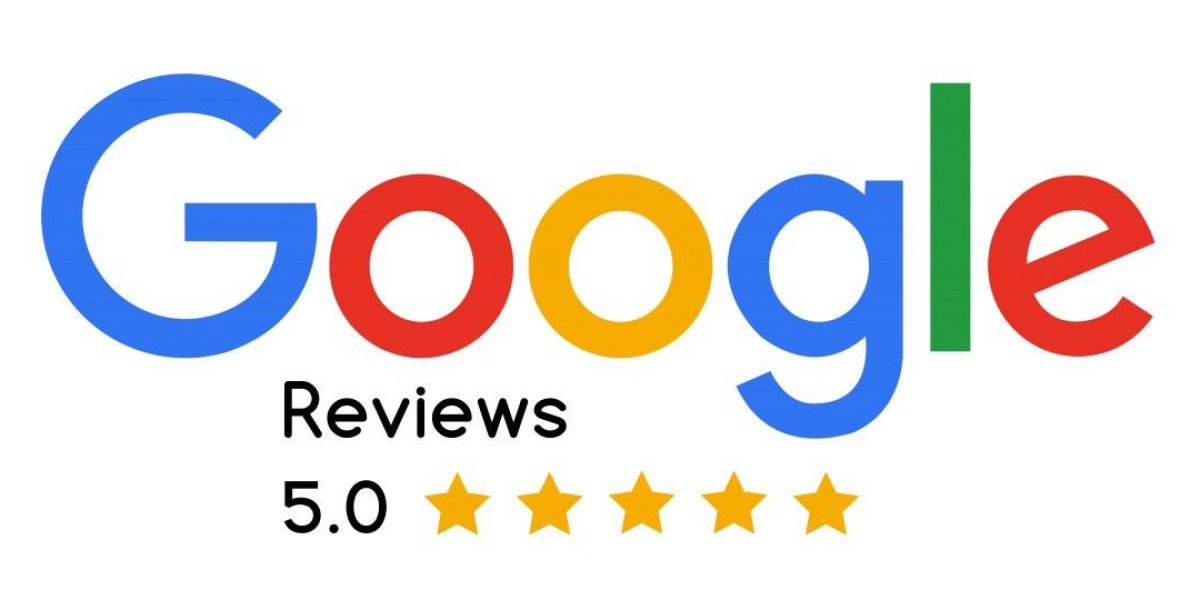ISO 20000-1:2018 is the international standard for IT service management (ITSM), providing a structured approach to delivering high-quality IT services. It sets out the criteria for establishing, implementing, operating, monitoring, reviewing, maintaining, and improving the management of IT services. In an increasingly technology-driven world, the importance of effective IT service management cannot be overstated. Adopting ISO 20000 brings numerous benefits to organizations, ensuring that they meet the demands of both internal and external customers while continuously improving service delivery.
Here are some of the key benefits that organizations can derive from implementing ISO 20000:
1. Improved Service Quality and Efficiency
One of the primary benefits of ISO 20000 is the improvement of service quality. The standard requires organizations to define, manage, and continually improve their service management processes. By following the guidelines, businesses can ensure that IT services meet or exceed customer expectations and are delivered in a cost-effective manner. The structured approach allows for a clearer understanding of service processes, which can reduce inefficiencies and improve overall service delivery.
2. Enhanced Customer Satisfaction
ISO 20000’s focus on meeting customer needs leads to improved customer satisfaction. By setting clear objectives and ensuring that service levels are maintained, organizations can offer a more predictable and reliable service. This is particularly critical in competitive industries where customer loyalty is directly tied to the quality and consistency of IT services.
3. Operational Cost Reduction
Implementing ISO 20000 can help organizations reduce operational costs by streamlining IT service management processes. The standard encourages businesses to identify wasteful activities and optimize their operations. For example, through proper incident and problem management, organizations can reduce downtime, leading to lower costs associated with service disruptions.
4. Risk Management and Reduced Service Downtime
ISO 20000 helps organizations identify and manage risks associated with IT services. The standard’s emphasis on proactive management allows businesses to anticipate and address potential issues before they become major problems. This can significantly reduce the risk of service downtime, ensuring that IT systems and services remain available when needed.
5. Increased Competitive Advantage
For organizations operating in competitive markets, this certification can be a key differentiator. It provides customers and partners with the assurance that the business adheres to internationally recognized best practices in IT service delivery.
6. Alignment with Industry Best Practices
ISO 20000 is based on best practices from frameworks like ITIL (Information Technology Infrastructure Library), making it an ideal framework for aligning IT service management with industry standards. This alignment helps businesses ensure that their service management practices are current and effective.
By adopting ISO 20000, organizations can ensure that their IT services align with industry best practices, making it easier to implement other standards and frameworks, such as ITIL or COBIT. This can lead to better integration of IT service management across the business and more effective use of technology.
7. Continuous Improvement Culture
A key component of ISO 20000 is its focus on continuous improvement. The standard encourages organizations to assess their service management processes regularly, identify weaknesses, and take corrective actions. This creates a culture of constant learning and adaptation, where businesses are always seeking ways to improve their services and operations.
8. Compliance and Regulatory Benefits
In many industries, compliance with specific regulations and standards is mandatory. ISO 20000 can help organizations meet regulatory requirements related to IT services, particularly those in sectors such as healthcare, finance, and government. By following the standard, businesses can demonstrate compliance with industry regulations, reducing the risk of legal issues and penalties.
Moreover, ISO 20000’s emphasis on documentation and process control helps ensure that organizations maintain proper records, which can be critical during audits or regulatory inspections.
How to Get Your ISO 20000-1:2018 Certification
Achieving ISO 20000 certification involves a structured process that typically begins with a comprehensive assessment of your organization’s current IT service management practices. The first step is to align your processes with the requirements set forth in the ISO 20000 standard, which involve updating policies, improving service delivery frameworks, and ensuring that your IT services meet the necessary standards of quality, efficiency, and risk management. After implementing these changes, organizations must undergo a formal. This audit evaluates the effectiveness of the IT service management system and verifies whether it meets the ISO 20000 criteria. Upon successful completion of the audit, your organization will receive ISO 20000 certification, signifying your commitment to delivering high-quality IT services.
Check all the mandatory ISO 20000 documents, visit Certification Consultancy for more information on procedures, working and implementation.









